On September 28, the Israel Defense Forces stepped up airstrikes against Lebanon, following the attack that killed Hezbollah Secretary General Hassan Nasrallah (64). The Israeli military announced that they had "taken out" Nasrallah in an airstrike on Hezbollah's headquarters in the southern suburbs of the Lebanese capital Beirut on September 27.
In a statement, the Israeli military said that in the September 28 attack, it targeted several Hezbollah missile and rocket production facilities in the eastern Beqaa Valley. This was part of an effort to prevent the group from arming itself.
Iran would smuggle weapons and components from Hezbollah across Lebanon’s eastern border. The shipments would be sent to manufacturing facilities where Hezbollah manufactures a variety of weapons, including precision missiles, according to the statement.
In an earlier statement, the Israel Defense Forces said there had been a total of 140 airstrikes targeting Hezbollah targets across Lebanon since early September 28.
Targets included missile launchers and buildings where the group stored ammunition, including anti-ship missiles, in the capital Beirut.
In another statement, the Israel Defense Forces announced that they had struck buildings where Hezbollah stored weapons and other infrastructure of the group.

Damaged buildings are seen after an Israeli airstrike on the southern suburbs of Beirut, Lebanon, September 28, 2024. (Ali Alloush/Reuters)
Hezbollah, for its part, fired several rockets at the settlements of Katzrin, Maalot, Metsova, Rosh Pina, Sa'ar and Kabri as well as the Ramat David Air Base in northern Israel. Some of the rockets were intercepted. However, several hits were reported by Israeli media.
The confrontation between Israel and Lebanon began after the outbreak of conflict in the Gaza Strip last October. Hezbollah and its allies carry out almost daily attacks on the Israel Defense Forces in support of the Hamas movement and other armed factions in the Palestinian enclave.
The Israel Defense Forces escalated tensions with airstrikes against Lebanon earlier this week, reaching levels not seen since the 2006 war. In response, Hezbollah has expanded its attacks deeper into northern Israel.
The recent assassination of Mr Nasrallah shows that Israel is serious about waging war against Lebanon. Further escalation is expected.
Overall, the confrontation between the Israel Defense Forces and Hezbollah has so far left 26 civilians and 22 Israeli soldiers dead. On the Lebanese side, at least 1,640 people have been killed, including more than 500 Hezbollah members.
On September 28, the Hezbollah group in Lebanon confirmed the death of its leader Sayyed Hassan Nasrallah and vowed to continue the fight against Israel.
Hassan Nasrallah served as the political and spiritual leader who brought Hezbollah to prominence in Lebanon.
Many consider the leader of Hezbollah to be the most powerful individual in Lebanon, with up to 100,000 fighters under his command and many members of his group also serving as members of parliament, according to Sky News.
Mr Nasrallah grew up in Beirut's impoverished Karantina district, part of a generation of Lebanese Shi'ite youth whose political views were shaped by Iran's 1979 Islamic Revolution.
Before leading Hezbollah, Mr. Nasrallah fought many nights on the front lines against the Israeli army. He became Hezbollah's Secretary General in 1992 at the age of 35.
The Hai (According to Skynews, Reuters)
Source: https://www.nguoiduatin.vn/sau-vu-tan-cong-nham-vao-ong-nasrallah-israel-tiep-tuc-khong-kich-cac-muc-tieu-cua-hezbollah-204240929110541348.htm


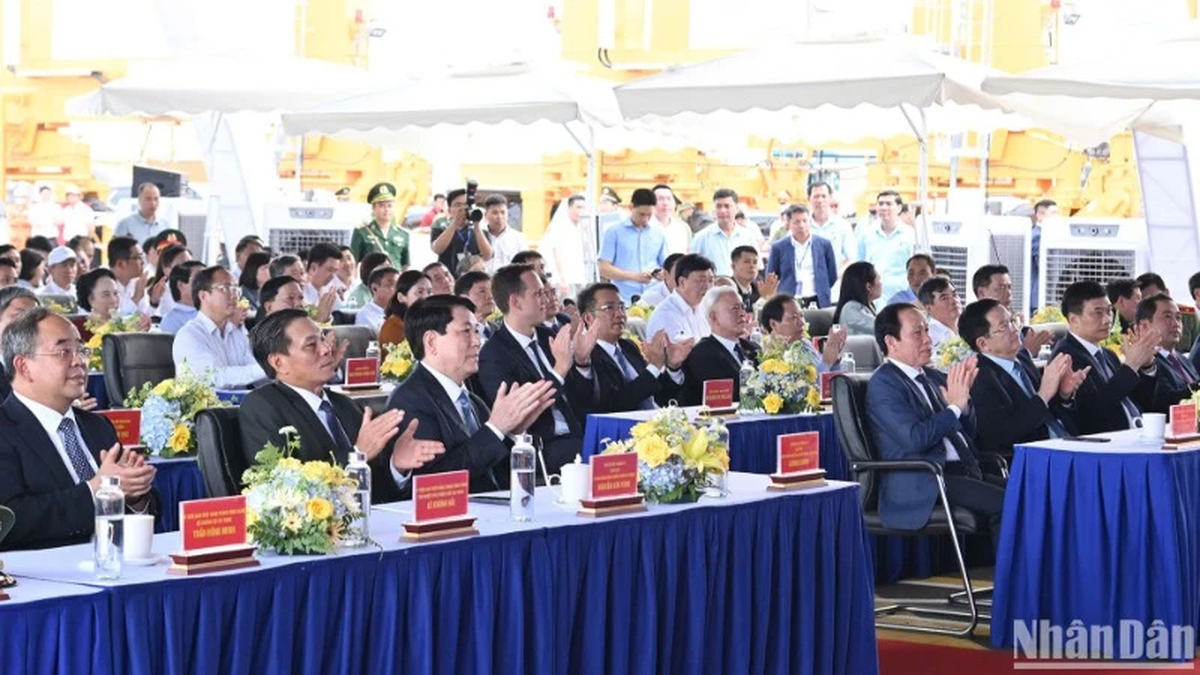
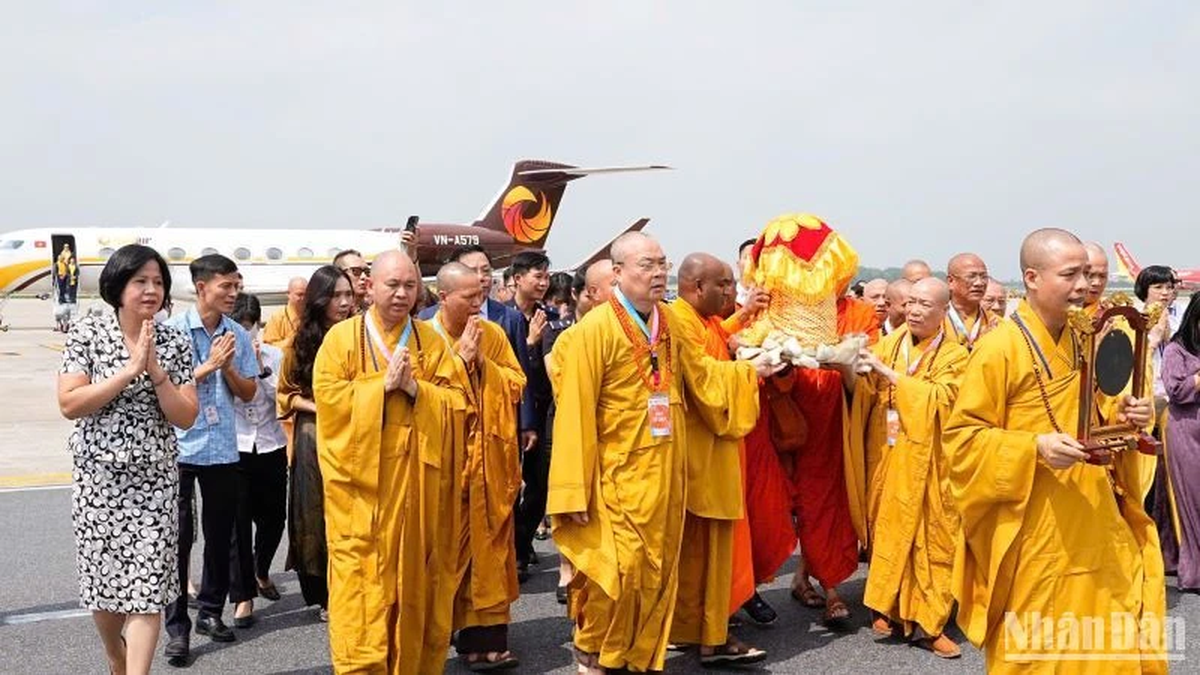
![[Photo] President Luong Cuong awarded the title "Heroic City" to Hai Phong city](https://vphoto.vietnam.vn/thumb/1200x675/vietnam/resource/IMAGE/2025/5/13/d1921aa358994c0f97435a490b3d5065)
![[Photo] President Luong Cuong attends the inauguration of the international container port in Hai Phong](https://vphoto.vietnam.vn/thumb/1200x675/vietnam/resource/IMAGE/2025/5/13/9544c01a03e241fdadb6f9708e1c0b65)
![[Photo] Prime Minister Pham Minh Chinh receives Ambassador of the French Republic to Vietnam Olivier Brochet](https://vphoto.vietnam.vn/thumb/1200x675/vietnam/resource/IMAGE/2025/5/13/f5441496fa4a456abf47c8c747d2fe92)
![[Photo] Many people in Hanoi welcome Buddha's relics to Quan Su Pagoda](https://vphoto.vietnam.vn/thumb/1200x675/vietnam/resource/IMAGE/2025/5/13/3e93a7303e1d4d98b6a65e64be57e870)


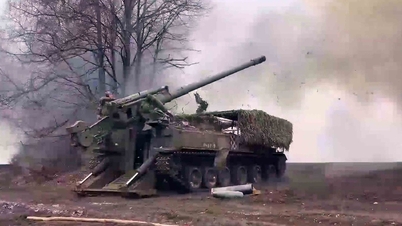

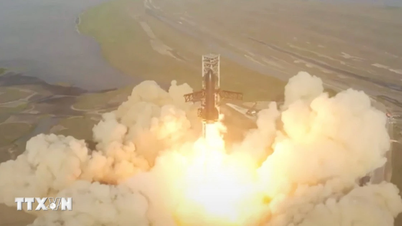

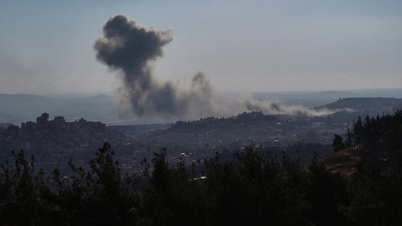

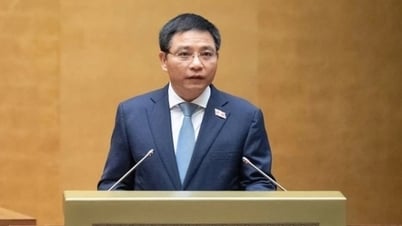
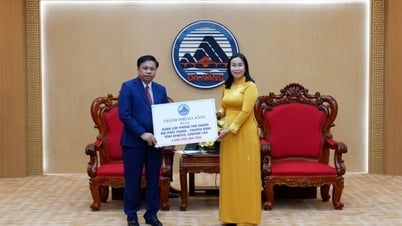
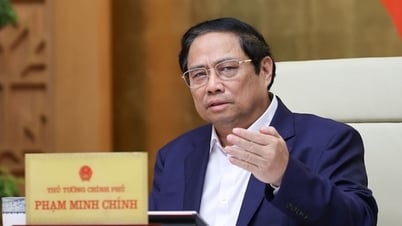

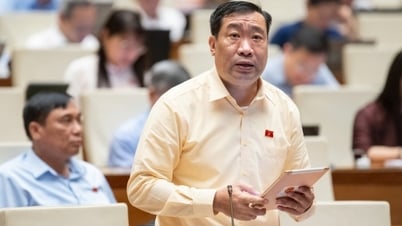
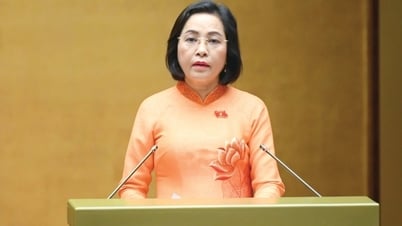





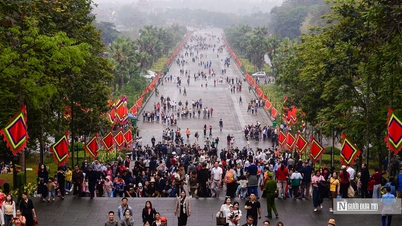






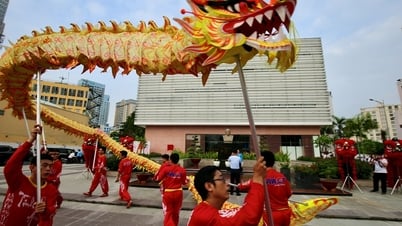

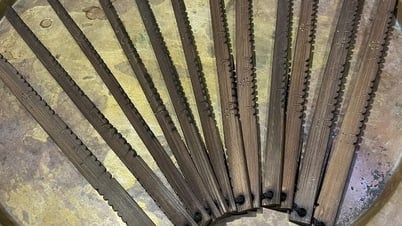

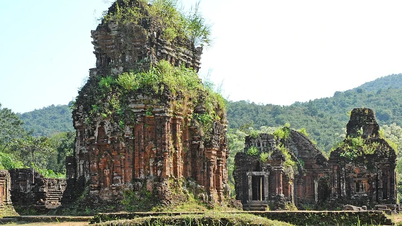

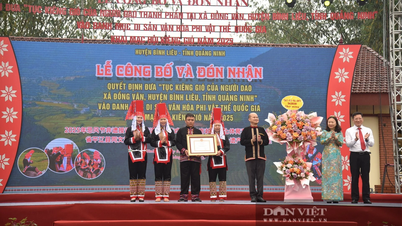

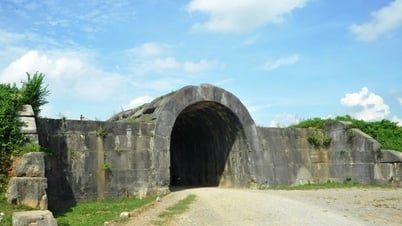
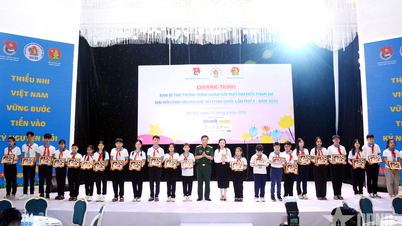








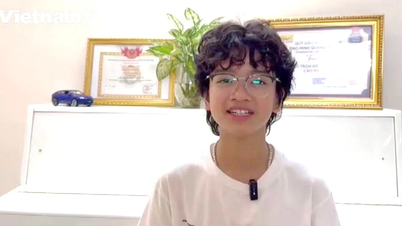














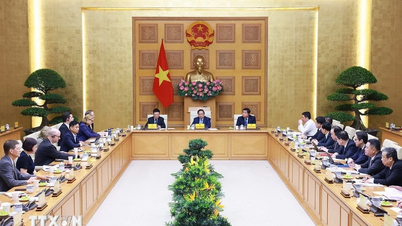

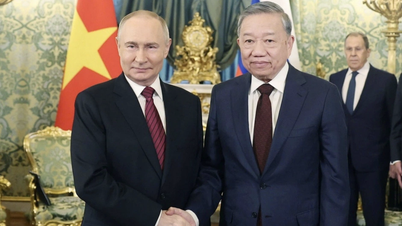
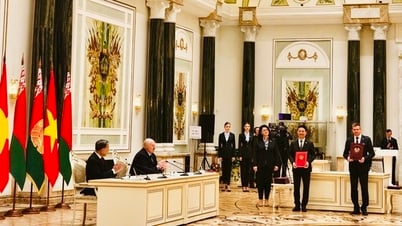



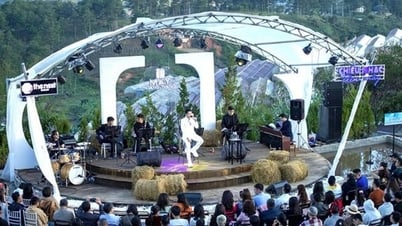



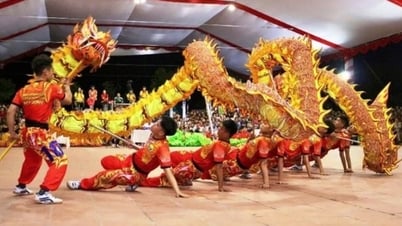
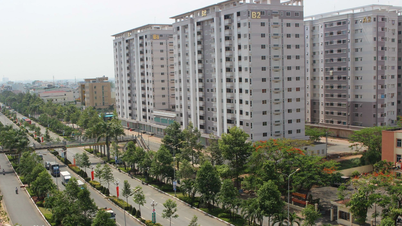


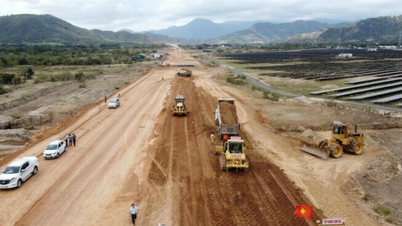

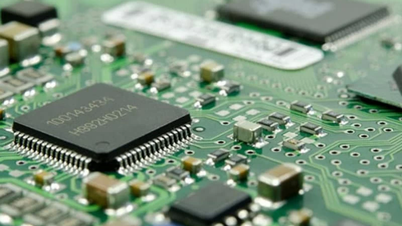
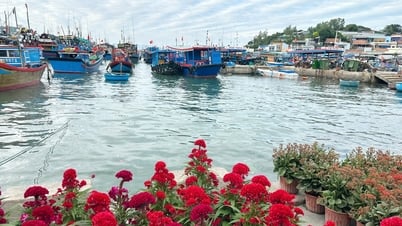







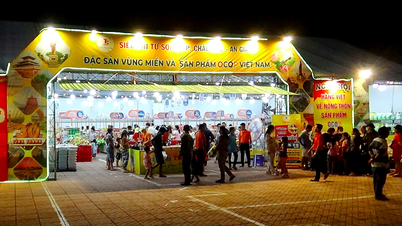



Comment (0)